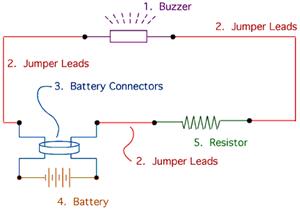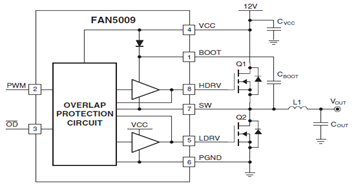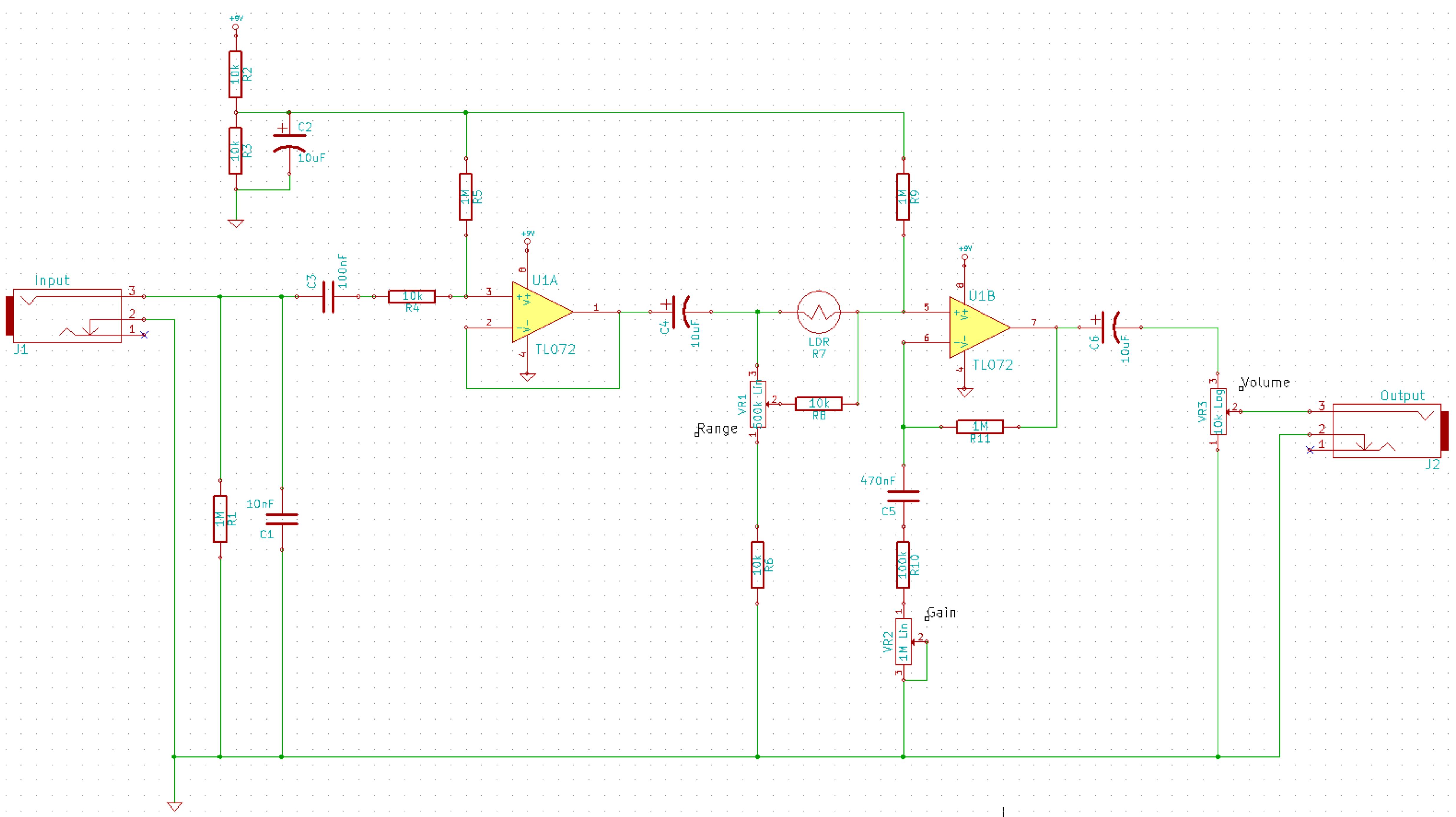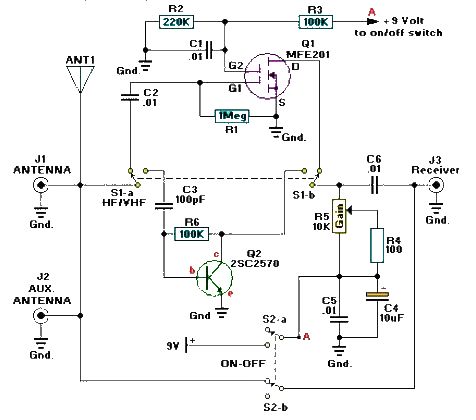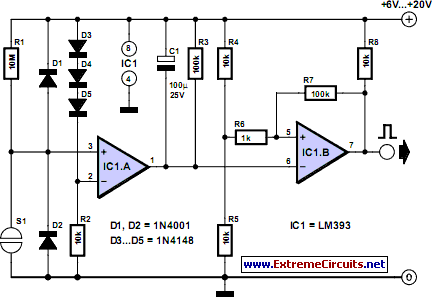
Electronic watchdog circuit
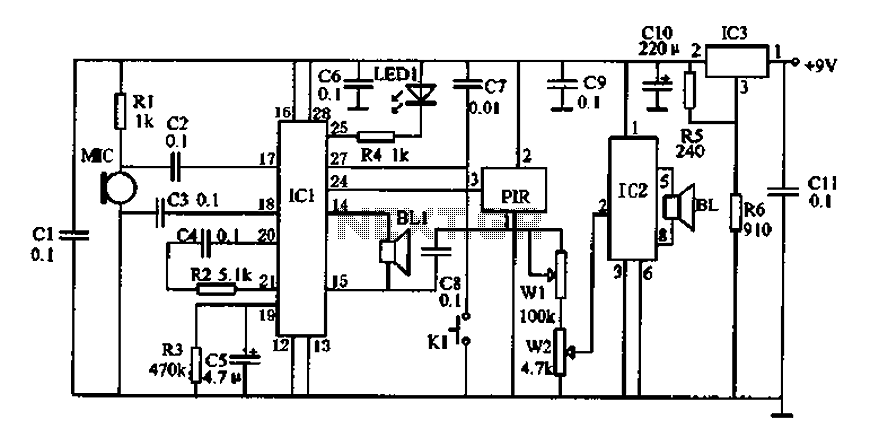
Doppler effect sensor N1 (RD627), operational amplifier N2 (LM358), and a special integrated circuit for imitating dog barking (N3, KD5608) are utilized along with other components. When there is no activity detected in the monitoring area by N1, the output pin of N2 remains at a low potential, causing the transistor (VT) to be in a cutoff state, which keeps the output of N3 at a low potential, preventing it from operating. Conversely, when activity is detected in the monitoring area by N1, it outputs a low-frequency signal. This signal is amplified by N2, which causes the transistor (VT) to conduct, resulting in a positive trigger signal at the output of N3 that emulates barking. This mechanism serves to alert the owner when someone enters the monitored area, effectively functioning as an alarm system. The resistance of potentiometer RP connected to N1 can be adjusted to modify the monitoring distance.
The described circuit employs a Doppler effect sensor (N1) to detect motion within a specified area. The RD627 sensor is sensitive to changes in frequency caused by motion, allowing it to detect the presence of individuals or objects. When no motion is detected, the output remains low, ensuring that the operational amplifier (N2) remains inactive. The LM358 is configured to amplify the low-frequency signal generated by N1 when movement is detected.
The output from N2 drives a transistor (VT), which acts as a switch. In the absence of a signal, the transistor remains off, preventing current flow to the barking imitation circuit (N3). However, once the Doppler sensor detects motion, it produces a low-frequency signal that is amplified by N2. The amplified signal turns on the transistor, allowing current to flow to the KD5608 integrated circuit, which generates a barking sound to deter potential intruders.
The circuit's effectiveness can be fine-tuned by adjusting the potentiometer (RP) connected to the sensor. This adjustment alters the sensitivity of the Doppler sensor, allowing the user to set the desired monitoring distance according to the specific application requirements. The entire arrangement is designed to provide a reliable and efficient solution for security monitoring, utilizing sound as a deterrent for unauthorized entry into a designated area.Doppler effect sensor Nl (RD627), operational amplifier N2 (LM358), the sound of dogs barking imitation special integrated circuit N3 (KD5608) and other components. When nobody in Nl Monitoring area of activity, Nl of feet without signal output, O pin output N2 is low potential, VT cutoff, N3 feet of low potential instead of working. When Nl Monitoring area was activity, which pin outputs a low frequency signal, the signal amplification by N2 after making VT conduction, thus, N3s feet to get a positive trigger signal issued barking.
This activity in the region to promote sound Nl Lin as the man to leave the area, and the master alarm. Adjust RP. Nl can change the Monitor distance.
The described circuit employs a Doppler effect sensor (N1) to detect motion within a specified area. The RD627 sensor is sensitive to changes in frequency caused by motion, allowing it to detect the presence of individuals or objects. When no motion is detected, the output remains low, ensuring that the operational amplifier (N2) remains inactive. The LM358 is configured to amplify the low-frequency signal generated by N1 when movement is detected.
The output from N2 drives a transistor (VT), which acts as a switch. In the absence of a signal, the transistor remains off, preventing current flow to the barking imitation circuit (N3). However, once the Doppler sensor detects motion, it produces a low-frequency signal that is amplified by N2. The amplified signal turns on the transistor, allowing current to flow to the KD5608 integrated circuit, which generates a barking sound to deter potential intruders.
The circuit's effectiveness can be fine-tuned by adjusting the potentiometer (RP) connected to the sensor. This adjustment alters the sensitivity of the Doppler sensor, allowing the user to set the desired monitoring distance according to the specific application requirements. The entire arrangement is designed to provide a reliable and efficient solution for security monitoring, utilizing sound as a deterrent for unauthorized entry into a designated area.Doppler effect sensor Nl (RD627), operational amplifier N2 (LM358), the sound of dogs barking imitation special integrated circuit N3 (KD5608) and other components. When nobody in Nl Monitoring area of activity, Nl of feet without signal output, O pin output N2 is low potential, VT cutoff, N3 feet of low potential instead of working. When Nl Monitoring area was activity, which pin outputs a low frequency signal, the signal amplification by N2 after making VT conduction, thus, N3s feet to get a positive trigger signal issued barking.
This activity in the region to promote sound Nl Lin as the man to leave the area, and the master alarm. Adjust RP. Nl can change the Monitor distance.
Warning: include(partials/cookie-banner.php): Failed to open stream: Permission denied in /var/www/html/nextgr/view-circuit.php on line 713
Warning: include(): Failed opening 'partials/cookie-banner.php' for inclusion (include_path='.:/usr/share/php') in /var/www/html/nextgr/view-circuit.php on line 713

